
The AEC industry has often lagged behind manufacturing and process industries in implementing 3D design and other digital technologies, but digital twin technology may be gaining traction in construction at a brisker pace than other technologies. Experts see the growth of digital twins — realistic, multi-faceted, digital representations of physical assets — changing the landscape of construction significantly in the near future, as industry professionals find unique ways to implement the digital twins concept.
“In construction and the AEC industry, the idea of digital twins has more resonance and intuitive understanding than in discrete manufacturing,” said Igor Tsinman, president of AMC Bridge, a software development consultancy providing services to various clients in engineering-, manufacturing-, and construction-related industries. While discrete manufacturing and mass-production processes may have limited uses for digital twins, “in construction and infrastructure, it makes perfect sense,” noted Tsinman.
Building Value
Digital twins offer particular value in buildings and plants with operational elements such as pumps and ventilation systems, noted Tsinman. He cited examples of creating digital twins for industrial and petrochemical facilities, combining data from multiple sources to model facilities and simulate operations after construction. Such efforts often combine 3D scanned point-cloud data with photorealistic visualizations, along with process and instrumentation diagram (PNID) data and internet of things (IoT) data from pumps and sensors to produce digital models capable of simulating various operations. “It’s combining different aspects of the real world to produce a digital representation of that world and use the information in making decisions,” such as maintenance and replacement of equipment, said Tsinman.
For client IMAGINiT Technologies, a training and service provider for architects and engineers, AMC Bridge used a point-cloud library (PCL) tool to enhance IMAGINiT’s scan-to-BIM software. The client’s original software included a cylinder recognition tool that could only recognize one cylinder at a time and had performance limitations on large datasets, which complicated the reconstruction of models of petrochemical plants and refineries. AMC Bridge optimized the segmentation algorithm used by the PCL and was able to improve its efficiency and accuracy of the cylinder recognition.
AMC Bridge enhanced IMAGINiT Technologies’ scan-to-BIM software through 3D data modeling and a PCL tool. Image source: AMC Bridge. Click to enlarge.
On another project, AMC Bridge provided data interoperability solutions between Autodesk Revit and a product lifecycle management (PLM) system for Consolidated Contractors Company, a large construction and engineering contractor in the Middle East. CCC’s PLM system provides advanced capabilities for working with design data stored in a proprietary file format, along with Revit data. AMC Bridge developed custom feature recognition to link Revit geometry with the proprietary format, along with optimization of data processing of large datasets to control the amount of memory used by the application and minimize conversion time.
AMC Bridge provided data interoperability solutions between Autodesk Revit and the PLM system for Consolidated Contractors Company. Image source: AMC Bridge. Click to enlarge.
With the unique value that digital twins provide in various stages of construction projects, Tsinman said the AEC industry may gain ground on other industries that implemented digital technologies before the AEC industry did. A “leap-frog” scenario could even occur, where the AEC industry bypasses other industries in the use of digital twins, he said.
Cloud Opens Doors
The use of the cloud in managing large datasets is also helping the AEC industry adopt digital twins. “The cloud has opened different opportunities and perspectives,” said Tsinman. In manufacturing, teams sometimes struggle with moving desktop applications such as bills of materials (BOMs) to the cloud. In large AEC projects with multiple data sources, data is often placed on the cloud early on in the project. “Every big project has a different setup,” he added.
Mobile devices also offer significant opportunities for the construction industry to engage digital twins. With more opportunities to capture field data such as inspection records and operational information, construction projects can use data from a myriad of devices, such as digital cameras, LIDAR scanners, and sensors mounted on drones or robots. “Some of these devices didn’t exist 10 to 15 years ago,” said Tsinman.
Common Themes
Looking beyond the construction industry, Tsinman and other industry experts have identified some common themes for digital twin development, regardless of work type. In a series of webinars arranged by AMC Bridge, experts have discussed topics such as “Digital Twin — Bridging the Gap Between Vision and Reality. What Do Сlients Really Want?” and “The Role of Simulation Technology in Digital Twins.”
In the “Bridging the Gap” seminar, panel participants noted a need to think strategically in identifying value propositions for digital twins, moving from solving short-term problems to more long-term solutions. “Solving short-term problems in a repeated way turns into something more strategic,” said Rick Dunlap, vice-president of technical services for BrandSafway, a provider of access, scaffolding, forming, and shoring systems and services. “Facilities who are more mature in their journey on digital twins are trying to go to the next level with more sophisticated IoT and how to use that data to be more predictive. For us, it’s about, ‘How can we deliver value for our customers?’”
Marzia Bolpagni, an ambassador for the UK BIM Alliance, stressed a need to understand the value of digital twins and how they provide better monitoring of assets. “[By linking virtual data with real-world sensors clients can] use technology as an enabler to achieve higher aims [such as improved safety or performance],” she said. “A key to successful implementation is defining clear requirements up front,” she added.
David Craig Weir-McCall, business development manager of Unreal Engine Enterprise for Epic Games, provided insight from the developer of game engines often used in digital twin visualization. He said at the highest level, people are looking for insight from digital twins, not just data, and the concept is still evolving. “Digital twin is such a POC [proof of concept] at the moment. People are still trying to fully understand what the value is. Sometimes describing the function of a digital twin helps people understand where they can extract value from it,” he said.
Other Digital Twin Efforts
Other multi-discipline groups are also exploring ways to expand the use of digital twins. The Digital Twin Consortium (DTC), a conglomeration of industry, government, and academia seeking consistency in digital twin technology, recently released a Digital Twin Capabilities Periodic Table (CPT). Similar to the classic periodic table of elements used in chemistry and physics, the CPT provides a definition framework organizations can use to design, develop, deploy, and operate digital twins. The CPT focuses on use-case requirements, helping organizations determine the capabilities they need to deliver successful digital twin solutions.
The Digital Twin Capabilities Periodic Table (CPT) provides a definition framework for organizations to design, develop, deploy, and operate digital twins based on use-case capability requirements. Image source: Digital Twins Consortium. Click to enlarge.
“[The CPT provides a] framework for any organization who wants to start composing digital twins using a capability-based approach," said Dan Isaacs, CTO of the Boston-based Digital Twin Consortium. "In the future, we plan to publish a capability maturity model organizations can use to score their progress in developing digital twins."
Digital twin activity is particularly high in the UK, where the UK government began requiring BIM to be used on government projects in 2016. The UK BIM Alliance recently prepared a position statement on digital twins to clarify the relationship between BIM and digital twins and to complement discussions in various work groups within the National Digital Twin (NDT) program developed by the Centre for Digital Built Britain (CDBB). The UK government also published a Construction Playbook to establish key policies and guidance for how public works projects and programs are assessed, procured, and delivered in the UK.
In reviewing highlights from the webinars and project experiences, Tsinman said digital twins are in a key stage of providing value in multiple industries. “I think we are over the hype with digital twin technology,” said Tsinman. “We are now in real implementation.” He stressed the need for collaboration among various disciplines, using an incremental approach to leverage multiple tools and data sources. “There are a lot of pieces to be put into place, like a puzzle.”
Andrew G. Roe
Cadalyst contributing editor Andrew G. Roe is a registered civil engineer and president of AGR Associates. He is author of Using Visual Basic with AutoCAD, published by Autodesk Press. He can be reached at editors@cadalyst.com.
View All Articles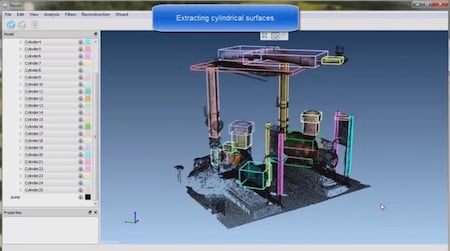
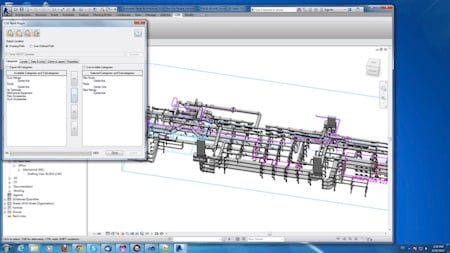
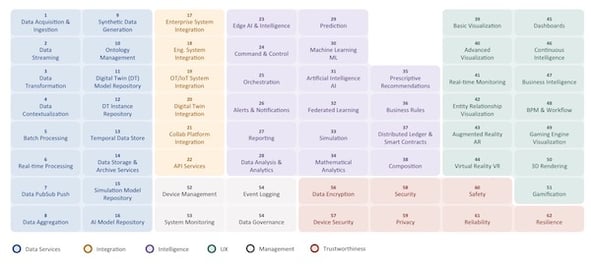


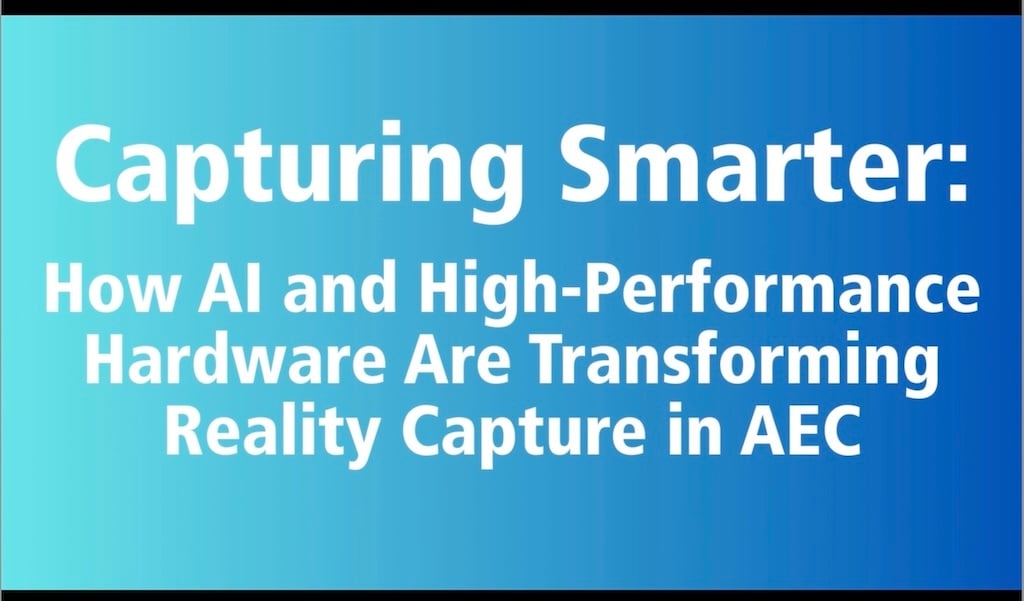
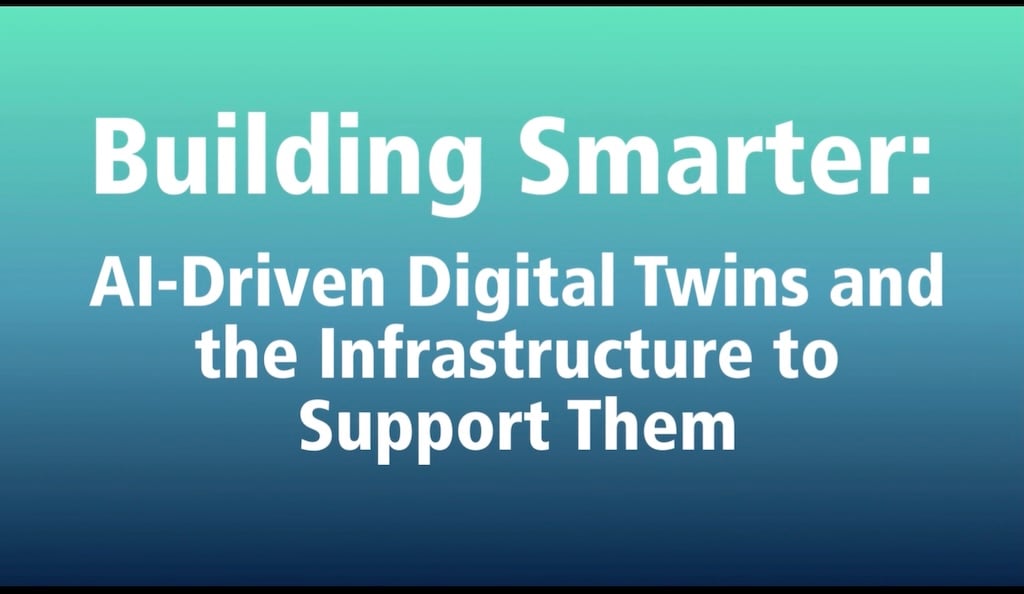


Share This Post